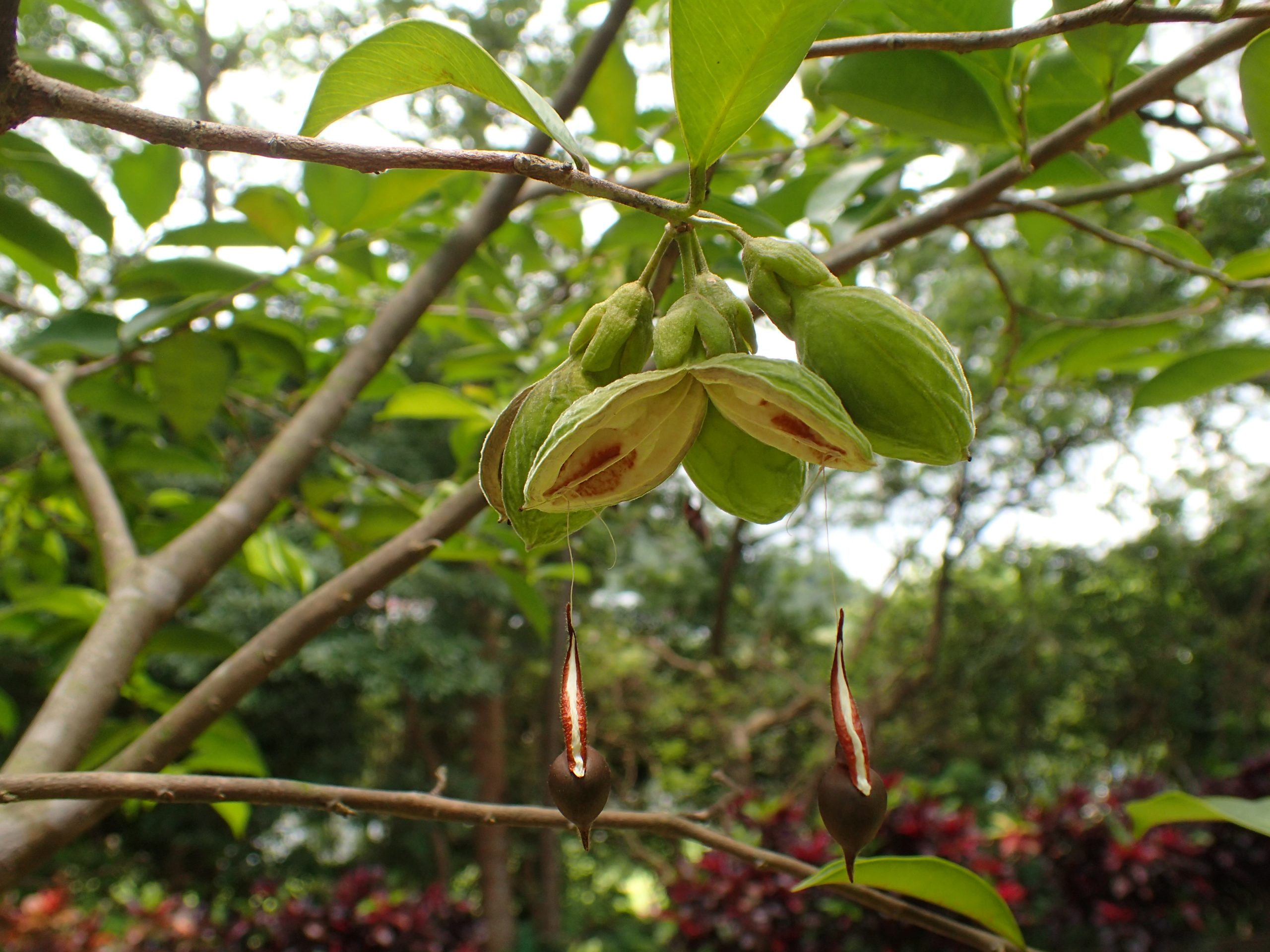Chromosomal-level reference genome of the incense tree Aquilaria sinensis
Trees in the genus Aquilaria (Thymelaeaceae) are known as lign aloes, and are native to the forests of southeast Asia. Lign aloes produce agarwood as an antimicrobial defence. Agarwood has a long history of cultural and medicinal use, and is of considerable commercial value. However, due to habitat destruction and over collection, lign aloes are threatened in the wild. We present a chromosomal‐level assembly for Aquilaria sinensis , a lign aloe endemic to China known as the incense tree, based on Illumina short‐read, 10X Genomics linked‐read, and Hi‐C sequencing data. Our 783.8 Mbp A. sinensis genome assembly is of high physical contiguity, with a scaffold N50 of 87.6 Mbp, and high completeness, with a 95.8% BUSCO score for eudicotyledon genes. We include 17 transcriptomes from various plant tissues, providing a total of 35,965 gene models. We reveal the first complete set of genes involved in sesquiterpenoid production, plant defence, and agarwood production for the genus Aquilaria , including genes involved in the biosynthesis of sesquiterpenoids via the mevalonic acid (MVA), 1‐deoxy‐D‐xylulose‐5‐phosphate (DXP), and methylerythritol phosphate (MEP) pathways. We perform a detailed repeat content analysis, revealing that transposable elements account for ~61% of the genome, with major contributions from gypsy‐like and copia‐like LTR retroelements. We also provide a comparative analysis of repeat content across sequenced species in the order Malvales. Our study reveals the first chromosomal‐level genome assembly for a tree in the genus Aquilaria and provides an unprecedented opportunity to address a variety of applied, genomic and evolutionary questions in the Thymelaeaceae more widely.
Reference
- ^Nong WY, ^Law ST, Wong AY, Baril T, Swale T, Chu LM, Hayward A, Lau DT, Hui JHL*. (2020). Chromosomal-level reference genome of the incense tree Aquilaria sinensis. Molecular Ecology Resources (Link)











